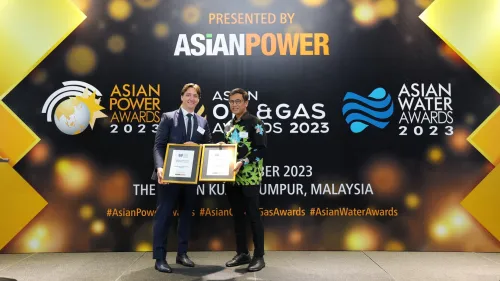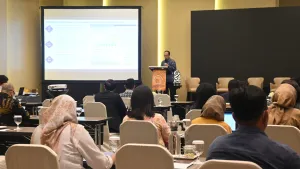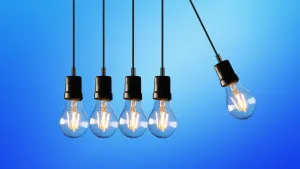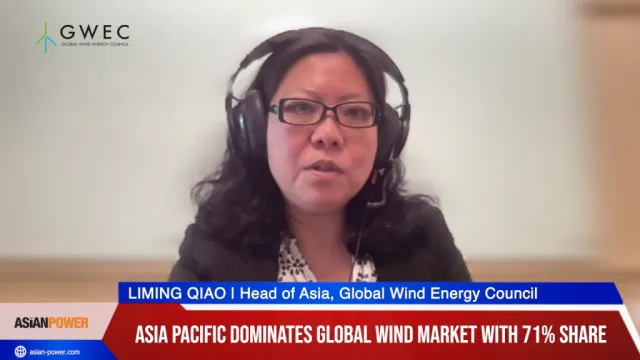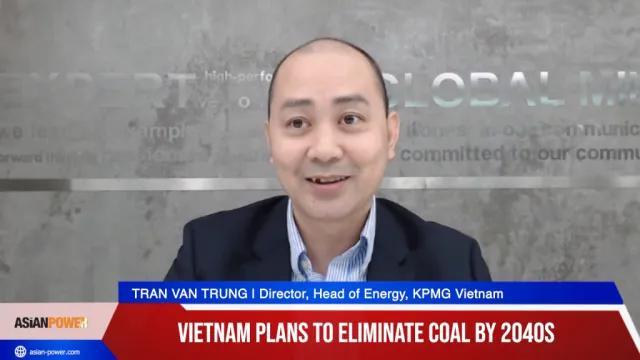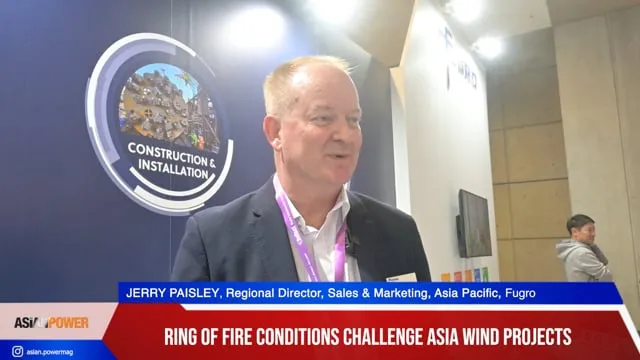
State Grid's strategy hampers grid storage projects in China
By Zhuo ZhangIn recent discussions with a scientist at China Guodian Corporation, one of China’s five biggest electricity power generation corporations, it was disclosed that State Grid is less likely to open new energy storage projects for renewable energies and its electricity grids in the near future.
Given the current price and cycle life performance of lithium-ion batteries, the value of electricity that can be stored in the batteries during their lifetime is much less than the cost of the batteries themselves.
As a result, State Grid was losing money in launching the Zhangbei project in 2011. In the near future, it is very unlikely that State Grid will open new energy storage projects in China unless the cost of batteries decrease more than 50% from current price.
In reality, Zhangbei is a pure demonstration project with State Grid’s ultimate goal being to produce its own batteries.
It will either acquire a high-level lithium-ion company in China, start their own lithium-ion battery R&D, or conceivably scout for acquisition opportunities abroad as a lithium-ion battery shake-out proceeds.
The probability of acquisition is certainly higher with State Grid having executed similar prior deals. For example, it has acquired XJ Group, a switch manufacturer, leaving little room for other switch suppliers as grid infrastructure build-out proceeds.
The energy storage technology providers for the Zhangbei project include BYD, Wanxiang, ATL and CALB as lithium-ion battery suppliers, and Prudent Energy for an 8 MWh flow battery project.
Already there are some dismal grid storage failures emerging. State Grid’s people have indicated that BYD's batteries fell well short of expectations on the project, and it is highly unlikely that State Grid will procure batteries from BYD in any of the future projects. Given BYD's strong government connections, this is a stinging criticism.
The grid storage opportunity with State Grid will be small in the near term as new projects are slowed by cost and payback issue.
The road may not get easier in the future for foreign energy storage suppliers.” Clients developing energy storage technologies should not spend heavy time and resources in China’s energy storage for smart grid at this stage. In the future, if more pilot projects like Zhangbei come out, winners of the bids should be closely monitored.
It is very likely that the same winners as those in Zhangbei will become the future fixed suppliers of State Grid, and be partially acquired by State Grid. At this point, clients are suggested to either target battery materials supply or joint venture opportunities with State Grid’s fixed suppliers.
Zhuo Zhang, Research Associate, Lux Research

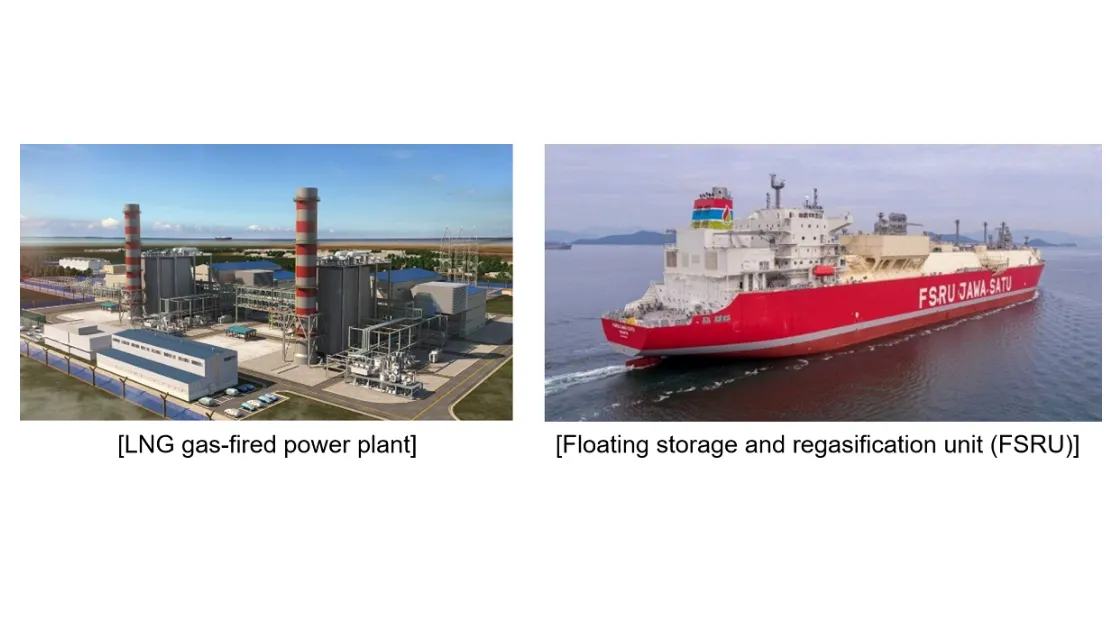
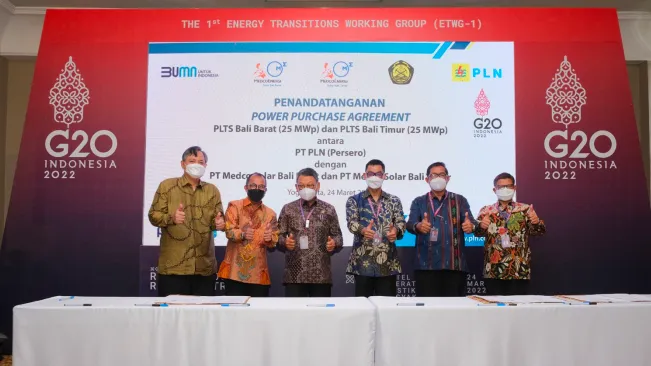
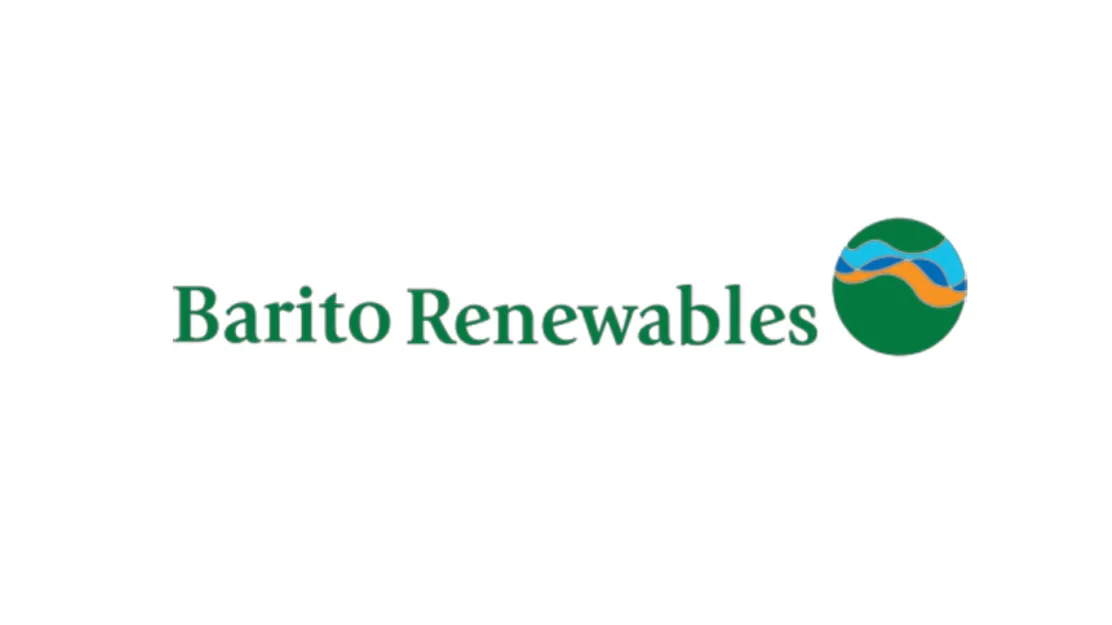

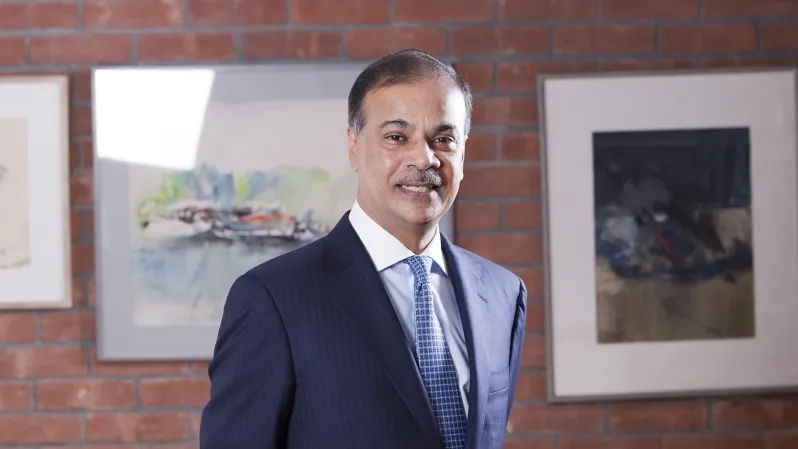
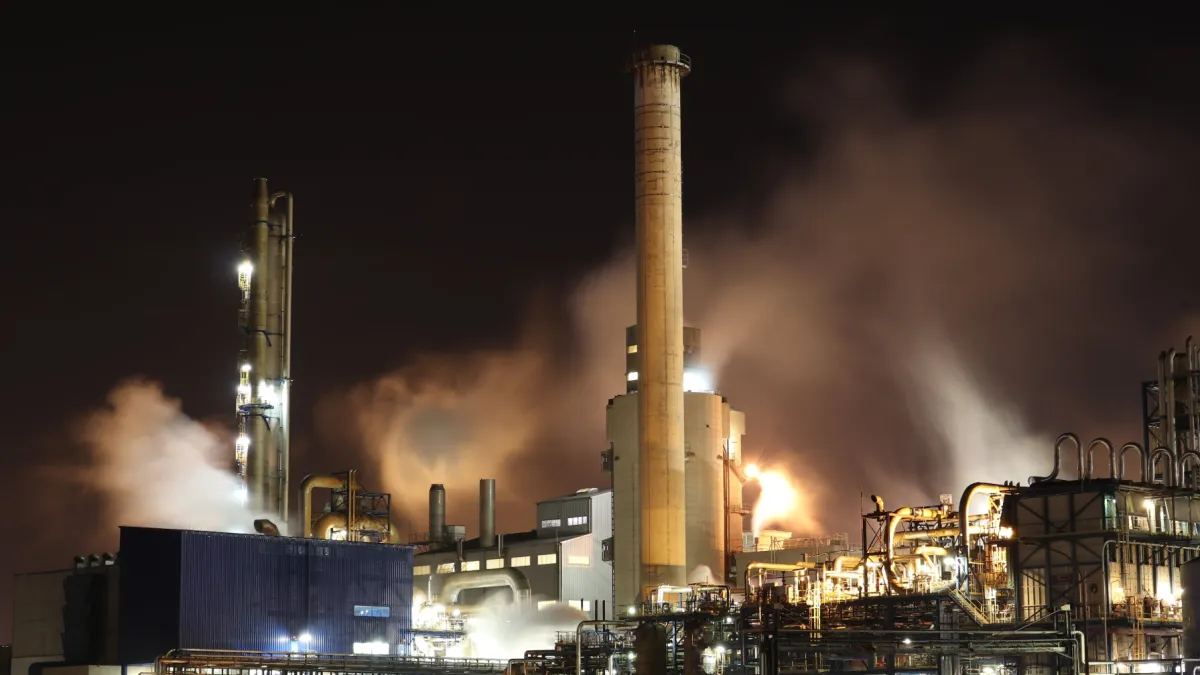

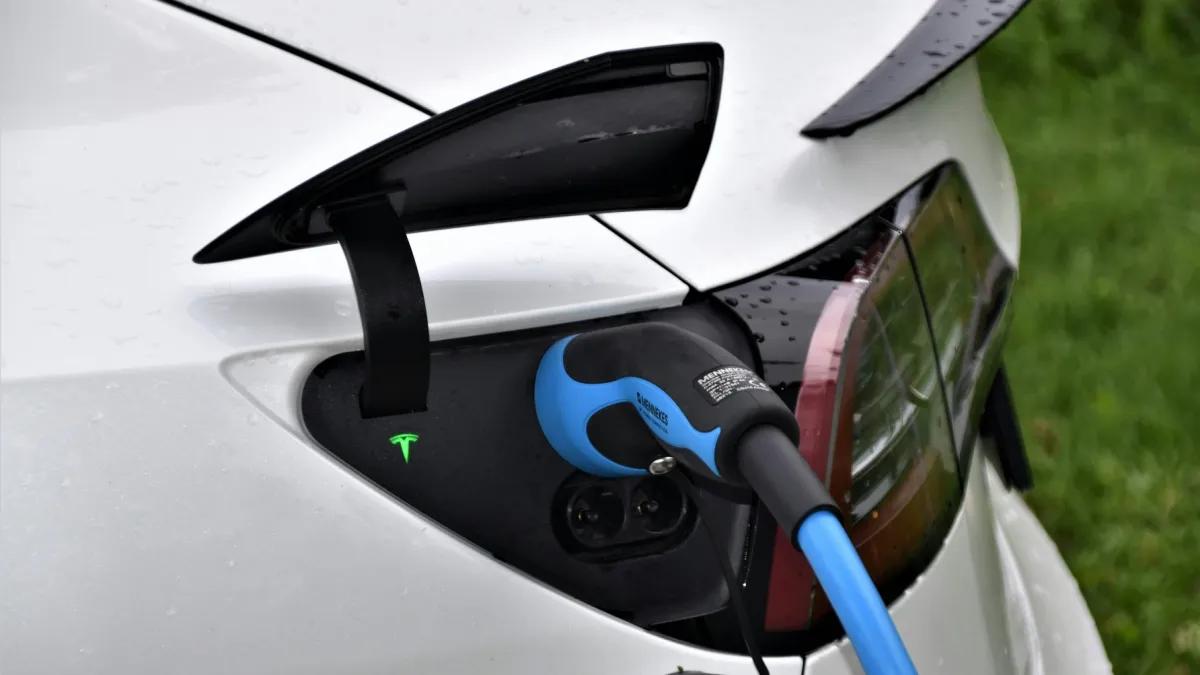
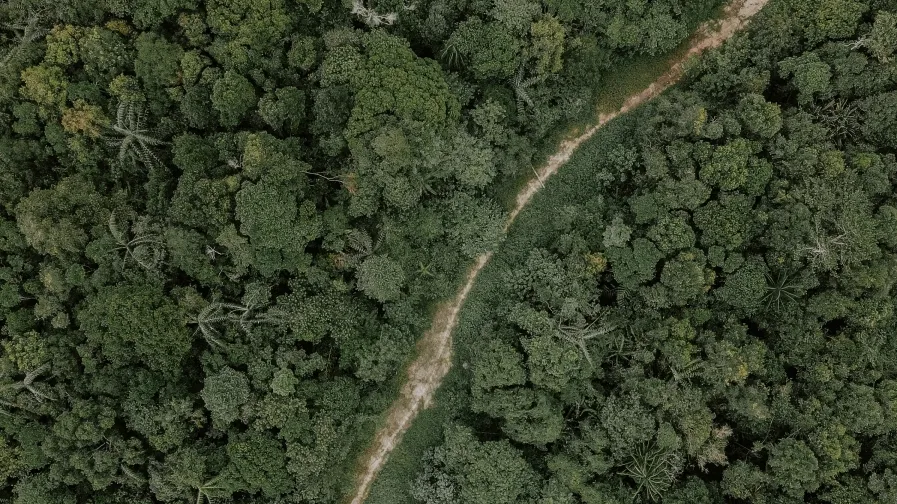


 Advertise
Advertise
